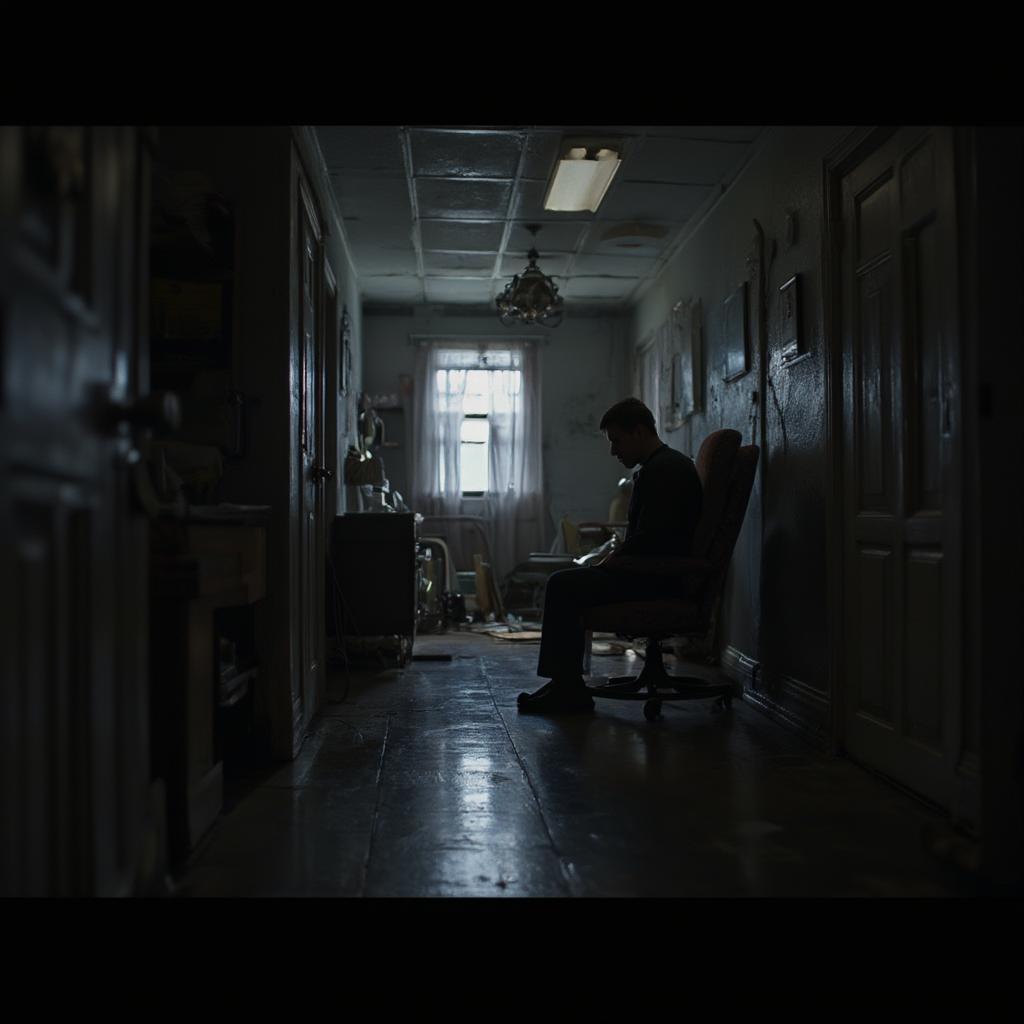Decoding the Lighthouse Mermaid Scene: Myth, Symbolism, and Cinematic Brilliance

The Lighthouse Mermaid Scene in Robert Eggers’ The Lighthouse (2019) is a moment of captivating surrealism, sparking debate and fascination amongst viewers. This analysis delves into the scene’s layers of meaning, exploring its symbolism, cinematic techniques, and the overall impact on the film’s narrative.
Unraveling the Enigma: What Happens in the Lighthouse Mermaid Scene?
The lighthouse mermaid scene, a pivotal moment in the film, depicts Ephraim Winslow (Robert Pattinson) in a fevered state, seemingly hallucinating a sensual encounter with a mermaid (Valeriia Karaman). The scene is fragmented and dreamlike, blending eroticism with a growing sense of dread. It’s a culmination of Winslow’s descent into madness, fueled by isolation, the forbidden light of the lamp, and possibly, the copious amounts of alcohol he consumes. The scene’s ambiguity leaves it open to numerous interpretations, further contributing to the film’s unsettling atmosphere.
The Siren’s Call: Symbolism and Interpretation of the Lighthouse Mermaid
The mermaid, a classic figure of folklore, often represents temptation and danger. In The Lighthouse, she symbolizes Winslow’s primal desires and the destructive allure of the forbidden. The light of the lamp, representing truth and power, is constantly on Winslow’s mind, and the mermaid could be seen as a manifestation of his obsession with it. Is she a seductive force leading him to ruin, or a symbolic representation of his inner turmoil? The film offers no easy answers, inviting viewers to grapple with their own interpretations.
The Mermaid as a Representation of Winslow’s Psyche
The mermaid can also be interpreted as a projection of Winslow’s fractured psyche. His repressed desires, his growing paranoia, and his guilt over past transgressions find a physical form in this mythical creature. She embodies the alluring yet dangerous aspects of his subconscious, further blurring the lines between reality and hallucination.

Eggers’ Masterful Craft: Cinematic Techniques in the Mermaid Scene
Egger’s masterful use of cinematic techniques amplifies the scene’s unsettling nature. The claustrophobic close-ups, the disorienting camera angles, and the stark black-and-white cinematography create a sense of unease and heightened tension. The use of practical effects for the mermaid, as opposed to CGI, adds a layer of tactile realism, making the encounter feel visceral and disturbing.
Sound Design and the Auditory Landscape
The sound design plays a crucial role in building the scene’s atmosphere. The crashing waves, the foghorn’s mournful blare, and the mermaid’s otherworldly vocalizations contribute to the sense of isolation and encroaching madness. These auditory cues work in concert with the visuals to create a truly immersive and unsettling experience.
The Impact on the Narrative: Where Does the Lighthouse Mermaid Scene Lead?
The lighthouse mermaid scene serves as a turning point in the narrative, pushing Winslow further down the spiral of madness. The encounter fuels his obsession with the light, escalating his conflict with Thomas Wake (Willem Dafoe). It marks the point of no return, setting in motion the film’s tragic and inevitable conclusion.

Frequently Asked Questions about the Lighthouse Mermaid Scene
-
What is the significance of the mermaid in The Lighthouse? The mermaid symbolizes temptation, danger, and Winslow’s inner turmoil.
-
Is the mermaid real or a hallucination? The film’s ambiguity leaves this open to interpretation. It’s likely a manifestation of Winslow’s deteriorating mental state.
-
What cinematic techniques are used in the scene? Eggers uses close-ups, disorienting camera angles, black-and-white cinematography, practical effects, and unsettling sound design.
-
How does the mermaid scene impact the narrative? It pushes Winslow further into madness, escalating the conflict with Wake and setting in motion the film’s tragic end.
-
What are some common interpretations of the scene? Some see the mermaid as a siren luring Winslow to his doom, while others view her as a representation of his repressed desires.
-
Why is the lighthouse mermaid scene so unsettling? The combination of visual and auditory elements, along with the scene’s ambiguous nature, creates a deeply unsettling atmosphere.
-
What is the role of the light in relation to the mermaid? The light represents forbidden knowledge and power, and the mermaid can be seen as connected to Winslow’s obsession with it.
-
How does the lighthouse mermaid scene contribute to the film’s overall themes? The scene reinforces the themes of isolation, madness, and the destructive nature of obsession.
-
Where can I watch the lighthouse mermaid scene? Clips of the scene are available online, but it’s best experienced within the context of the entire film.

The Enduring Mystery of the Lighthouse Mermaid
The lighthouse mermaid scene remains a source of fascination and debate, showcasing Eggers’ masterful storytelling and Karaman’s captivating performance. It’s a testament to the power of ambiguity in cinema, allowing viewers to engage with the film on a deeper, more personal level. The scene’s unsettling beauty and symbolic richness contribute significantly to The Lighthouse‘s enduring power and its place as a modern horror masterpiece.




